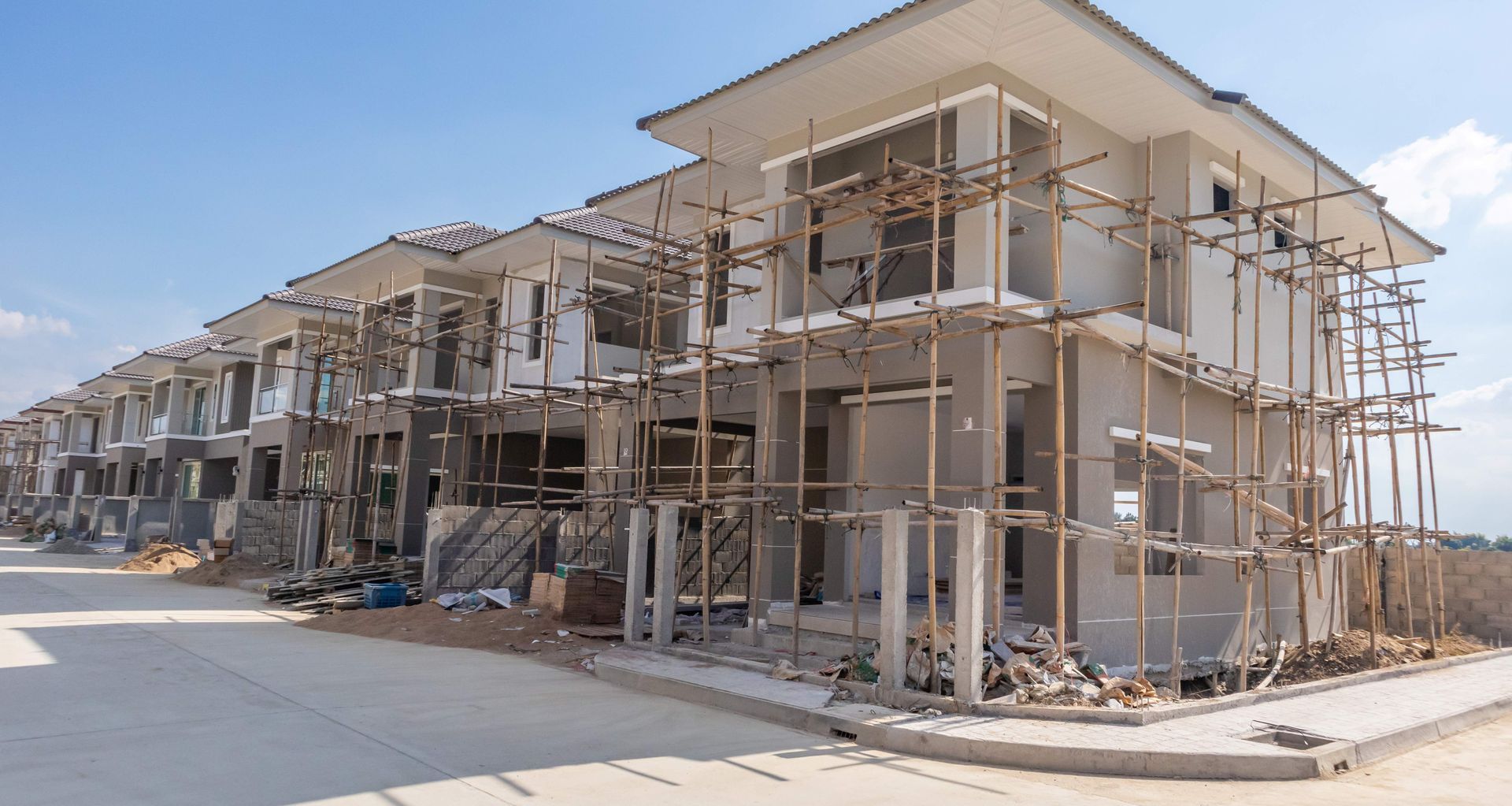Navigating Building Compliance in Residential Apartment Conversions

The Building Act 2004 and Apartment Conversions
Transforming existing multi-storey buildings into residential apartments is a complex endeavor, governed by the Building Act 2004. A key aspect of this act is Section 115, which addresses the code compliance requirements for changes in building use. This legislation emphasizes that any new household units must closely meet compliance standards, focusing on structural integrity, fire safety, and accessibility.
Acoustic Compliance: A Critical Factor
Acoustic insulation plays a pivotal role in apartment conversions. To align with the Building Code, new residential units must achieve at least a Sound Transmission Class (STC) rating of 55. This requires the involvement of acoustic engineering expertise to ensure both legal compliance and residential comfort through effective sound insulation solutions.
Fire Safety Compliance in High-Rise Buildings
Fire safety is a particularly challenging aspect in apartment conversions, especially in older high-rise buildings. For instance, many buildings from the 1980s do not have the modern sprinkler systems that are now a mandatory requirement for high rise building. Upgrading these systems to meet current standards is a detailed process, overseen by fire safety consultants. They must balance the need for compliance with considerations of cost and occupant safety, especially when addressing any compliance shortfalls.
Cladding is also another important criterion that often undermines the viability of the project. Non-combustible cladding is often required. It refers to materials used on the exterior of buildings that are resistant to fire. These materials do not contribute to the spread of fire, offering a critical layer of protection for the building's occupants. The primary role of non-combustible cladding is to prevent the external spread of fire, which can be critical in high-rise buildings where fire can quickly ascend.
In June 2017, a fire broke out in Grenfell Tower, a 24-storey residential building in London, leading to 72 deaths. The building's cladding system was heavily criticized for contributing to the rapid spread of the fire. The tragedy led to a re-evaluation of building safety standards worldwide, with a particular focus on cladding materials. Many countries have since revised their building codes to enforce stricter standards for cladding.
Comprehensive Compliance: Beyond Sound and Fire Safety
Apartment conversions must also comply with other Building Code requirements, such as energy efficiency and accessibility. Residential units have stringent standards for insulation performance to ensure energy efficiency. Additionally, accessibility is a key concern, particularly in older buildings where staircases and common areas may need modifications to meet current standards.
In conclusion, the process of converting multi-storey buildings into residential apartments requires strict adherence to a wide range of building compliance standards. These include acoustic and fire safety, energy efficiency, and accessibility. Drawing on their extensive past experience in this field, THE DESIGNFIRE team has proven expertise in navigating these complex compliance landscapes. Their successful completion of multiple apartment conversion projects stands as a testament to their capability and thorough understanding of the intricate compliance requirements necessary for transforming spaces into safe, comfortable, and legal residential units.
